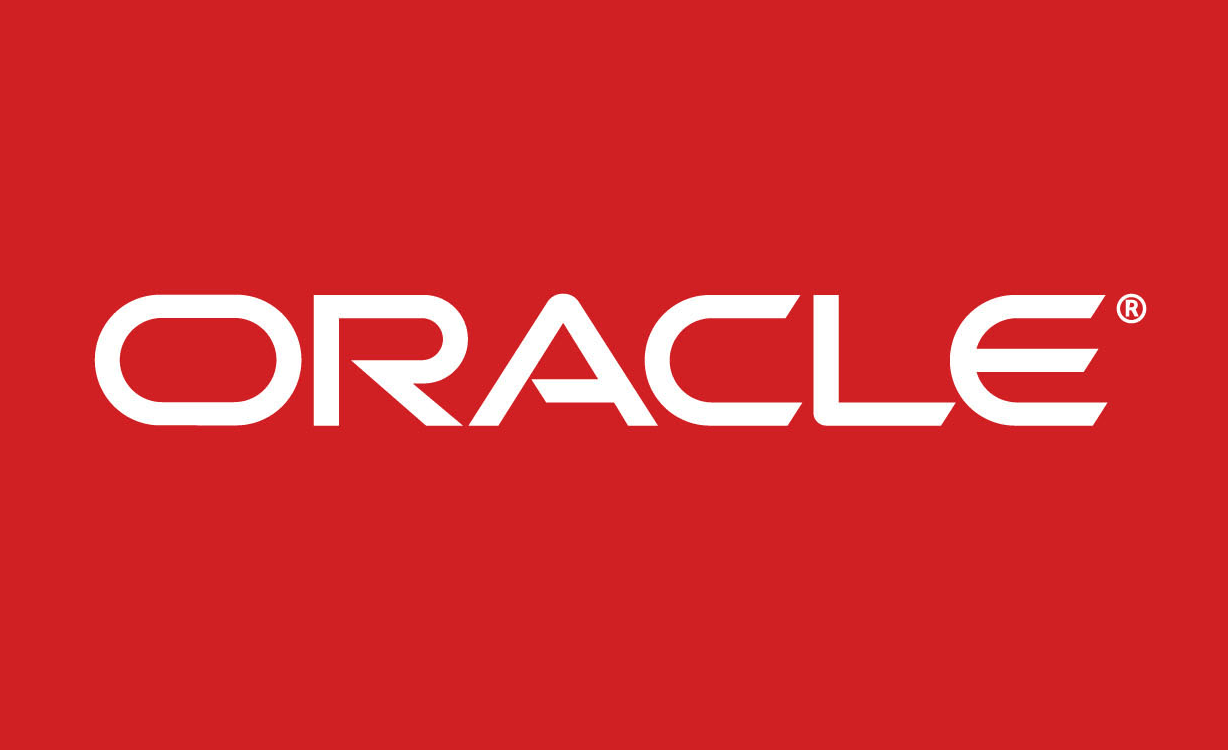
Oracle Corporation (ORCL), a leading provider of an integrated suite of applications plus secure, autonomous infrastructure in the Oracle Cloud, beat on top and bottom lines in the fiscal 2023 fourth quarter as its cloud revenue jumped. The company reported quarterly revenue of $13.84 billion, compared to analysts’ estimate of $13.73 billion.
The company’s primary source of revenue, cloud services and license support, climbed 23% year-over-year to $9.37 billion. However, its revenue from cloud licenses and on-premises declined 15% from the year-ago value to $2.15 billion.
In addition, ORCL’s fourth-quarter EPS came in at $1.67 versus $1.58 as expected by analysts. Moreover, the company surpassed the consensus revenue and EPS estimates in three of the trailing four quarters, which is impressive.
The software company’s revenue reached an all-time high of $50 billion in the fiscal year 2023. Its annual revenue growth was primarily led by its cloud applications and infrastructure businesses, which rose at a combined rate of 50% constant currency. ORCL’s infrastructure growth rate has been accelerating, with 63% growth for the full year and 77% growth during the fourth quarter.
The company’s cloud applications growth rate also advanced in fiscal 2023. Thus, both of its strategic cloud businesses are expanding and growing faster, which bodes well for another strong year in 2024.
Oracle has been making remarkable progress in generative AI. On June 28, ORCL announced the addition of generative AI-powered capabilities within Oracle Fusion Cloud Human Capital Management (HCM).
Supported by the Oracle Cloud Infrastructure (OCI) generative AI service, the new capabilities are embedded in existing HR processes to boost business value, improve productivity, enhance the candidate and employee experience, and streamline HR processes.
Also, in the same month, ORCL partnered with Cohere, an AI startup based in Canada that assists companies in building AI tools with its large language models (LLM), to offer generative AI services to enterprise customers worldwide built on Oracle’s cloud computing infrastructure. The new AI services might drive the company’s growth and profitability.
ORCL is set to release its first-quarter fiscal 2024 results today, September 11, after the market’s close. Oracle’s CEO Safra Catz said on a conference call that she expects first-quarter adjusted earnings of $1.12 to $1.16 per share and 8% to 10% revenue growth.
According to CNBC’s Jim Cramer, ORCL’s to-be-reported quarterly results should brighten the spotlight on the company’s still-under-the-radar AI capabilities.
Amid AI hype, shares of ORCL have surged 42.8% over the past month and 69.2% over the past year to close its last trading session at $126.32. The stock has gained 50.9% year-to-date.
Let’s look at factors that could influence ORCL’s performance in the upcoming months.
Positive Recent Developments
On August 9, ORCL announced Oracle Compute Cloud@Customer, a rack-scale cloud infrastructure that allows organizations to use Oracle Cloud Infrastructure (OCI) compute services anywhere. With Compute Cloud@Customer, customers can develop, deploy, secure, and manage workloads using the same software stack as OCI in deployments as small as a single rack.
On July 20, ORCL announced the general availability of MySQL HeatWave Lakehouse, delivering an industry-first by enabling customers to query data in object storage as fast as querying data inside the database.
MySQL HeatWave Lakehouse supports various object store file formats, including CSV, Parquet, and export files from other databases, and can combine object storage file data and MySQL database transactional data together in the same query. Such new launches might drive the company’s sales and extend its market reach.
Mixed Financials
For the fourth quarter that ended May 31, 2023, ORCL’s total revenues increased 16.9% year-over-year to $13.84 billion. Its cloud services and license support revenue grew 23.1% year-over-year, but its cloud license and on-premise license revenue was 15.2% down year-over-year. Its operating income declined 8.1% from the year-ago value to $4.14 billion.
Additionally, the company’s net income and earnings per share came in at $3.32 billion and $1.19, representing increases of 4.1% and 2.6% from the prior year’s quarter, respectively.
However, as of May 31, 2023, ORCL’s cash and cash equivalents stood at $9.77 billion, compared to $21.38 billion as of May 31, 2022. Its current liabilities increased to $24.09 billion versus $19.51 billion as of May 31, 2022.
Mixed Historical Growth
ORCL’s revenue and EBITDA grew at CAGRs of 8.5% and 3.5% over the past three years, respectively. The company’s total assets increased at a CAGR of 5.2% over the same period.
However, the company’s net income and EPS declined at 5.7% and 0.1% CAGRs over the same time frame, respectively. Also, the company’s levered free cash flow decreased at a CAGR of 6.4%.
Favorable Analyst Estimates
Analysts expect the company’s revenue for the first quarter (ended August 2023) to come in at $12.47 billion, indicating an increase of 9% year-over-year. The consensus EPS estimate of $1.15 for the to-be-reported quarter reflects an 11.7% year-over-year improvement.
In addition, analysts expect ORCL’s revenue and EPS for the current fiscal year (ending May 2024) to increase 8.4% and 13.4% from the previous year to $54.15 billion and $5.57, respectively. For the fiscal year 2025, its revenue and EPS are expected to grow 8.3% and 13.4% year-over-year to $58.64 billion and $6.32, respectively.
Elevated Valuation
In terms of forward P/E, ORCL’s 35.38x is 34.9% higher than the 26.22x industry average. Its forward EV/Sales of 7.91x is 188.4% higher than the 2.74x industry average. Also, the stock’s forward EV/EBITDA of 31.35x is 12.6% higher than the 14.57x industry average.
Furthermore, the stock’s forward Price/Sales and Price/Book multiples of 6.33 and 29.93 are significantly higher than the respective industry averages of 2.64 and 3.84.
Mixed Profitability
ORCL’s trailing-12-month gross profit margin of 72.85% is 51.1% higher than the 48.20% industry average. Its trailing-12-month EBITDA margin of 38.01% is 320.5% higher than the 9.04% industry average. Moreover, the stock’s trailing-12-month net income margin of 17.02% is 736.9% higher than the industry average of 2.03%.
However, the stock’s trailing-12-month asset turnover ratio of 0.41x is 33.5% lower than the industry average of 0.62x.
POWR Ratings Show Uncertainty
ORCL’s mixed fundamentals are reflected in its POWR Ratings. The stock has an overall rating of C, translating to Neutral in our proprietary system. The POWR Ratings are calculated by considering 118 different factors, with each factor weighted to an optimal degree.
Our proprietary rating system also evaluates each stock based on eight distinct categories. ORCL has a B grade for Sentiment, in sync with its optimistic analyst estimates.
Also, the stock has a C grade for Quality, consistent with its mixed profitability. Also, ORCL’s mixed financial performance in the last reported quarter and mixed historical growth justifies a C grade for Growth.
On the other hand, ORCL has a D grade for Value, justified by its higher valuation relative to its peers.
ORCL is ranked #47 in the 136-stock Software - Application industry.
Beyond what I have stated above, we have also given ORCL grades for Momentum and Stability. Get access to all the ORCL Ratings here.
Bottom Line
ORCL’s top and bottom lines for the fourth quarter of fiscal 2023 exceeded analyst expectations. While the company’s top source of revenue, cloud services and license support, jumped year-over-year, its revenue from cloud licenses and on-premises declined during the last reported period.
Further, analysts are bullish about the company’s long-term prospects due to its growing position in AI and significant strength in its diversified product portfolio. However, given ORCL’s elevated valuation, mixed profitability, and increasing cash burn, it could be wise to wait for a better entry point in this stock before its upcoming earnings release.
Stocks to Consider Instead of Oracle Corporation (ORCL)
Given its uncertain short-term prospects, the odds of ORCL outperforming in the weeks and months ahead are compromised. However, there are many industry peers with much more impressive POWR Ratings. So, consider these three A-rated (Strong Buy) stocks from the Software - Application industry instead:
Salesforce.com Inc. (CRM)
Commvault Systems, Inc. (CVLT)
Rimini Street Inc. (RMNI)
For exploring more A and B-rated software stocks, click here.
What To Do Next?
Discover 10 widely held stocks that our proprietary model shows have tremendous downside potential. Please make sure none of these “death trap” stocks are lurking in your portfolio:
ORCL shares rose $1.48 (+1.17%) in premarket trading Monday. Year-to-date, ORCL has gained 56.31%, versus a 17.38% rise in the benchmark S&P 500 index during the same period.
About the Author: Mangeet Kaur Bouns

Mangeet’s keen interest in the stock market led her to become an investment researcher and financial journalist. Using her fundamental approach to analyzing stocks, Mangeet’s looks to help retail investors understand the underlying factors before making investment decisions.
Oracle (ORCL): Buy, Sell or Hold Before Earnings? StockNews.com






